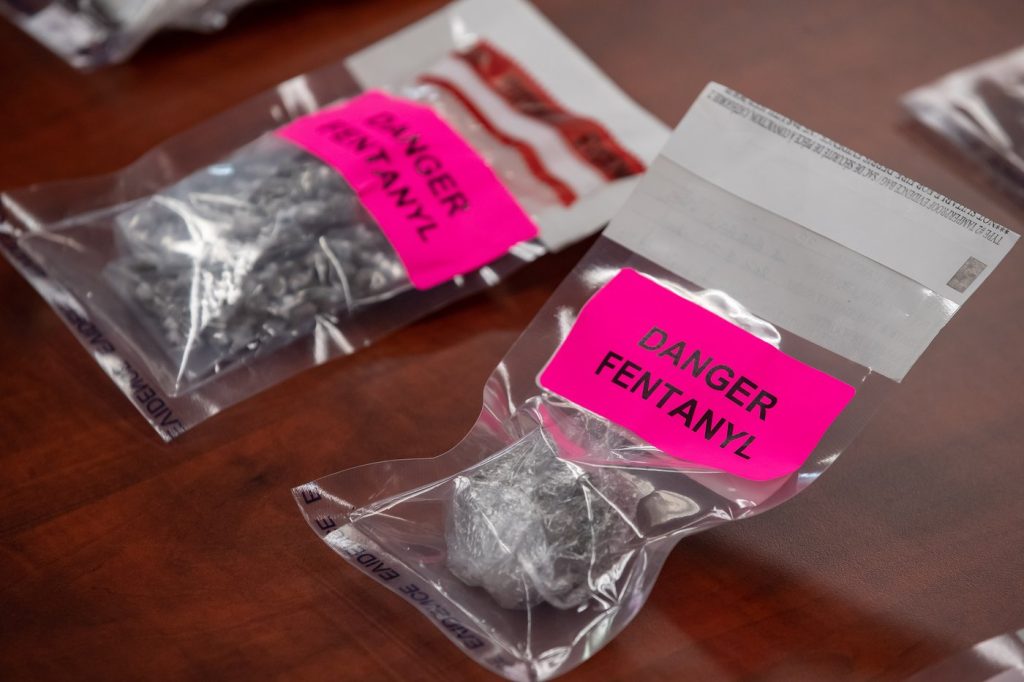Remember This? Saint Mary’s Basilica parking lot; a paved-over burial ground (4 photos)
Posted Apr 16, 2018 03:45:00 PM.
This article is more than 5 years old.
Historic Saint Mary's Basilica is a well-known and beloved Halifax landmark at the corner of Spring Garden Road and Barrington Street.
From the National Historic Site (designated in 1997) plaque on the basilica; “St. Mary's holds a central position in the history of Roman Catholicism in Nova Scotia. Begun in 1820, the church demonstrated the enhanced ecclesiastical status of the province, which acquired its own Bishop in 1818, and witnessed enormous gains in the legal and social standing of Catholics. A major expansion and redecoration of the church between 1860 and 1874 reflected the growing confidence and importance of the Diocese. St. Mary's, named a Basilica in 1950, is one of the first Roman Catholic cathedrals in Canada, and an imposing example of mature Gothic Revival architecture.”
Next door, at the corner of Grafton Street and Spring Garden Road, is the lesser known and appreciated Saint Mary's Basilica parking lot. Charging a monthly fee, the parking lot is also an early Catholic burial ground, originally associated with Saint Peter's Church, the 1784 predecessor of today's Saint Mary's Basilica.
South Park Street's Holy Cross Cemetery was built on the site of Fort Massey and established as a replacement of the Catholic burial ground next to Saint Mary's Basilica.
According to a Saint Mary's University Holy Cross Cemetery webpage, “until 1843, deceased Roman Catholics were buried in St. Peter's graveyard next to St. Peter's Church (replaced by St. Mary's in 1829), but that site had proven inadequate to meet the needs of a growing population. In 1843, facing a health crisis, local authorities provided crown land to both Catholic and Protestant communities on which to build new cemeteries (Camp Hill cemetery was constructed in 1844).”
According to the site, the St. Peter's burial ground was the recorded final resting place of several Mi'kmaq people who were buried in 1802 and 1821. Records for the cemetery date from 1800 to 1842.
The area around Saint Mary's Basilica and the parking lot is full of other burials.
The Spring Garden Road Memorial Library (not to be confused with the new Halifax Central Library), stands on the site of the Poor House cemetery.
The development site next to nearby Saint David's Church at Pizza Corner was subject to a recent archaeological excavation of the historic Methodist burial ground (a small part of which is still visible next to the church).
Saint Paul's Cemetery, also known as the Old Burial Ground, receives the most attention of all of the local cemeteries, due to its relatively excellent preservation. However, the underground footprint of that graveyard, which dates back to the 1749 founding of Halifax, extends into Dalhousie's Sexton Campus, beyond the modern-day boundaries of the National Historic Site.
Recently, it had been proposed that the parking lot (and, subsequently, burial ground) would be developed.
If the site is further considered for commercial and residential use, it is sincerely hoped that the buried remains will be left to rest, holding their permanently reserved parking spots.
According to the Nova Scotia Special Places Protection Act, it is illegal to knowingly disturb an archaeological site without a permit. If ground is to be moved on the site, archaeology and re-interment should occur, respecting the various cultures and traditions of those whose remains are on the property.
David Jones is an archaeologist and historian from Dartmouth, Nova Scotia. Thursdays at Noon, David Jones has a weekly thirty minute history segment on The Rick Howe Show, NEWS 95.7.








